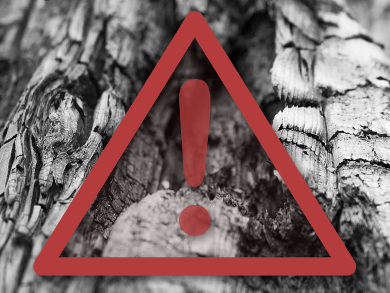Firefighters face danger from flame, structural collapse, and smoke inhalation. Exposure to toxic combustion products poses a less obvious but equally real hazard. Brominated flame retardants are being phased out in the manufacture of new consumer products, but many older products are still in use. These compounds form polyhalogenated dibenzo-p-dioxins and dibenzofurans, suspected carcinogens, at temperatures found in structural fires and municipal waste incinerators.
Frank Dorman, Pennsylvania State University, University Park, PA, USA, and colleagues developed a sensitive analytical technique to characterize these compounds. They used gas chromatography and tandem mass spectrometry, employing a triple-quadrupole mass spectrometer with atmospheric pressure chemical ionization. Multiple reaction monitoring focused on the analytes of interest and reduced the chemical noise level.
The researchers detected trace levels of individual compounds during their analysis of complex fire debris samples from simulated burn studies. They detected halogenated homologue groups at the parts per billion level. The presence of chlorinated congeners indicates a need to account for these compounds in toxicity and environmental studies.
- Quantitative Analysis of Mixed Halogen Dioxins and Furans in Fire Debris Utilizing Atmospheric Pressure Ionization Gas Chromatography-Triple Quadrupole Mass Spectrometry,
Kari L. Organtini, Anne L. Myers, Karl J. Jobst, Eric J. Reiner, Brian Ross, Adam Ladak, Lauren Mullin, Douglas Stevens, Frank L. Dorman,
Anal. Chem. 2015.
DOI: 10.1021/acs.analchem.5b02463



